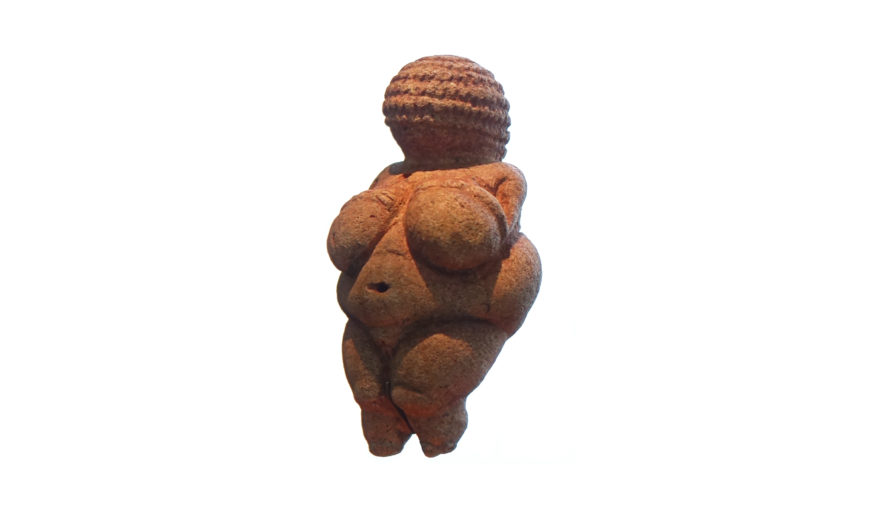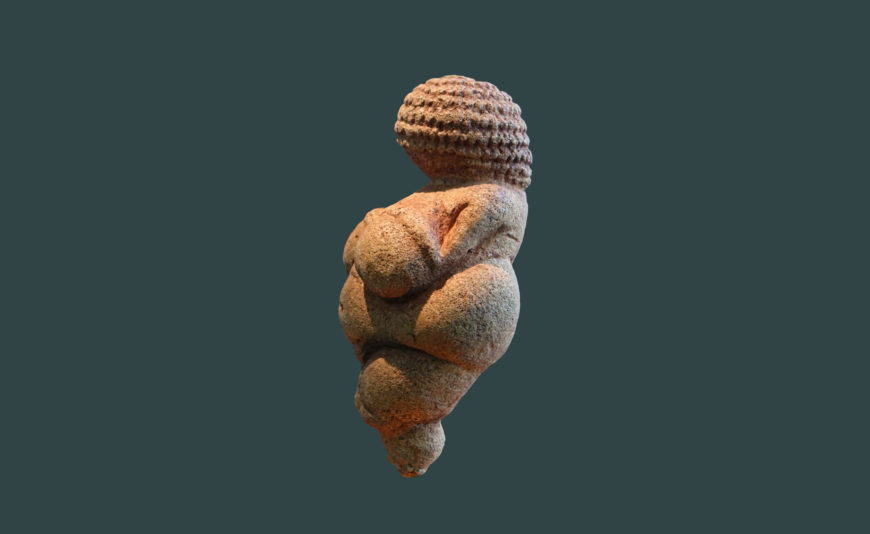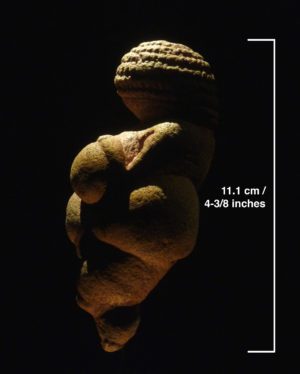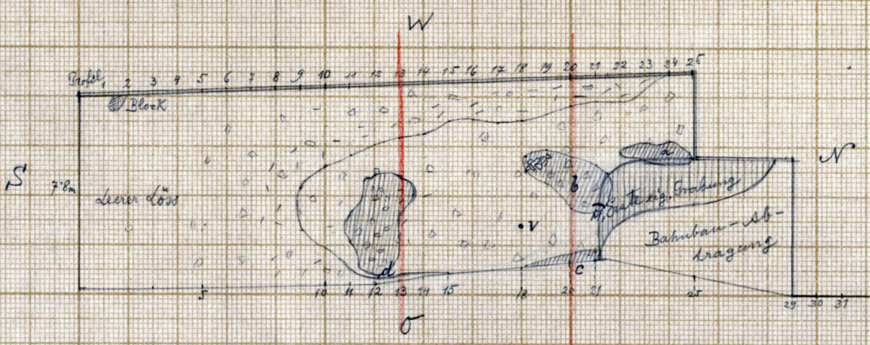The name of this prehistoric sculpture refers to a Roman goddess—but what did she originally represent?
“Venus” (or Woman) of Willendorf, c. 24,000–22,000 B.C.E., limestone, 11.1 cm high (Naturhistorisches Museum, Vienna); speakers: Dr. Beth Harris and Dr. Steven Zucker
The artifact known as the Venus of Willendorf dates to between 24,000–22,000 B.C.E., making it one of the oldest and most famous surviving works of art. But what does it mean to be a work of art?
The Oxford English Dictionary, perhaps the authority on the English language, defines the word “art” as
the application of skill to the arts of imitation and design, painting, engraving, sculpture, architecture; the cultivation of these in its principles, practice, and results; the skillful production of the beautiful in visible forms.
Some of the words and phrases that stand out within this definition include “application of skill,” “imitation,” and “beautiful.” By this definition, the concept of “art” involves the use of skill to create an object that contains some appreciation of aesthetics. The object is not only made, it is made with an attempt of creating something that contains elements of beauty.
anything made by human art and workmanship; an artificial product. In Archaeol[ogy] applied to the rude products of aboriginal workmanship as distinguished from natural remains.






